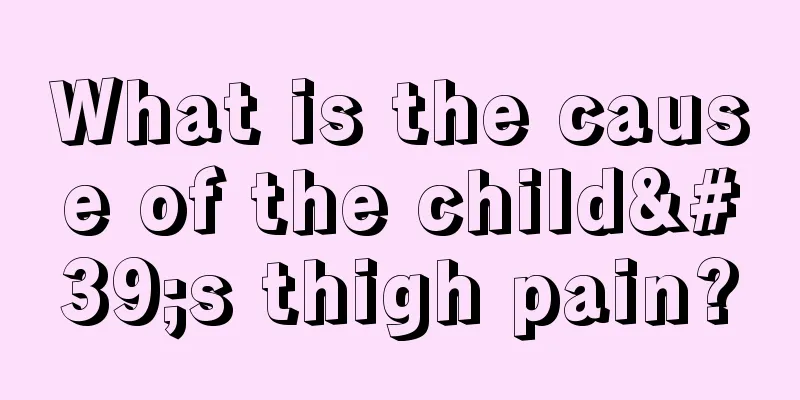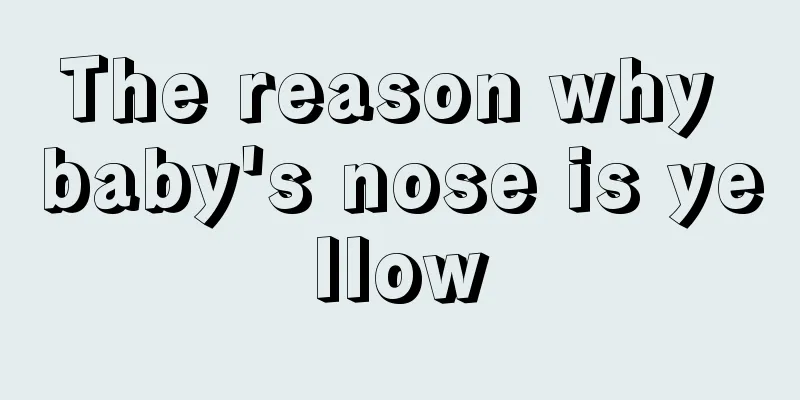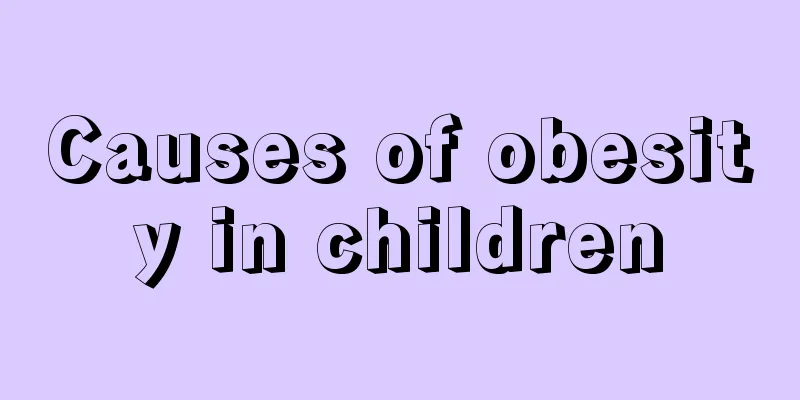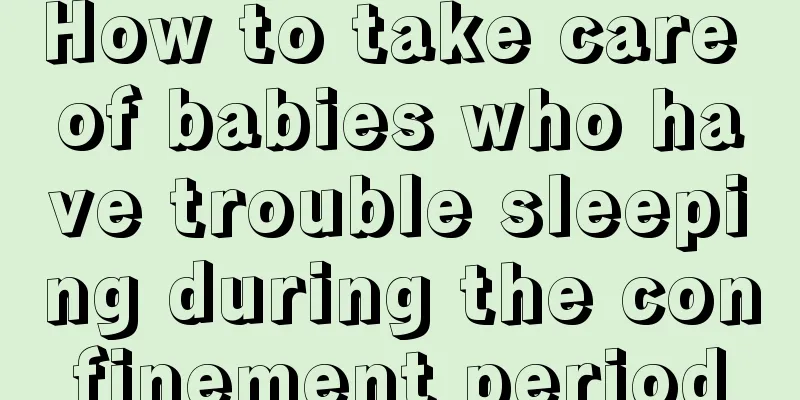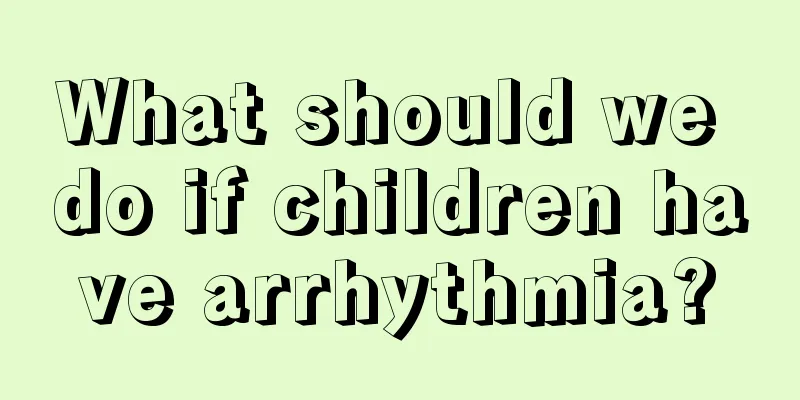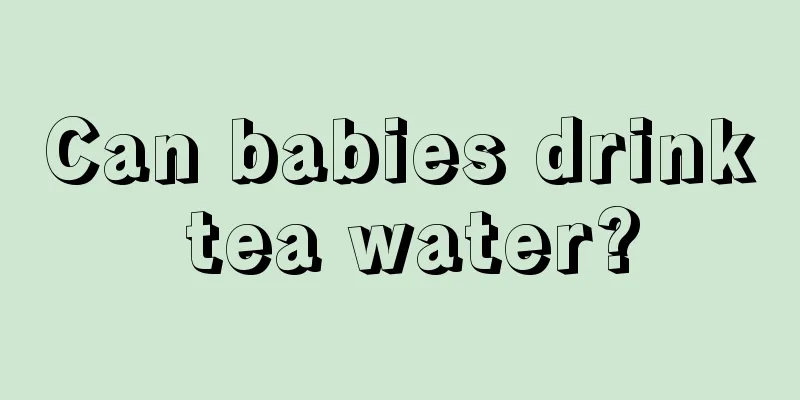The causes and clinical manifestations of children's phobias
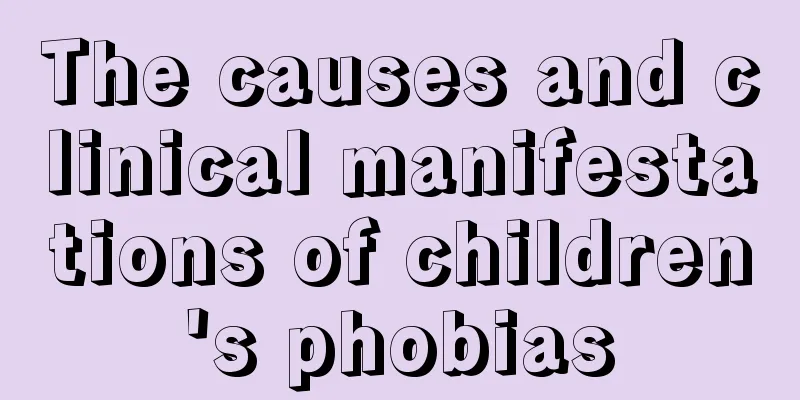
|
What is childhood phobia? Many of our children are facing this kind of trouble. We cannot ignore the situation of this disease. How do they hurt our children? I believe they must not be so happy. I hope you can understand. The following editor would like to introduce the causes and clinical manifestations of childhood phobia to you. Let's take a closer look! 1. Causes of the disease Social Learning Theory: Irrational responses to benign and uncertain stimuli are learned. Psychoanalytic theory states that this is caused by anxiety generated by subconscious conflicts, which are then displaced and externalized onto the feared objects and situations. Developmental theory suggests that fear and anxiety should be understood in the process of development; they may be reasonable in one period and irrational in another. The mutual influence theory holds that terror occurs and is maintained within specific family and social relationships. Other scholars believe that phobia is related to the quality factors of the children, such as introverted personality, timidity, strong dependence, and prone to anxiety when encountering things. Experiencing or witnessing unexpected events (such as car accidents, earthquakes and other natural disasters) is also one of the causes of phobias. 2. Clinical manifestations The clinical manifestations mainly include the following three aspects: (1) The child develops an abnormally strong and persistent fear of certain objects or special environments. Although they know that the object of fear is not dangerous to them, they are unable to control their fear and anxiety and are extremely distressed. According to the object of phobia, it is clinically divided into animal phobia, disease phobia, social phobia, and special environment phobia (such as heights, schools, darkness, squares, etc.). (2) Children display avoidant behavior, often fleeing from terrifying scenes. (3) Manifestations of autonomic nervous system dysfunction, such as palpitations, rapid breathing, sweating, and increased blood pressure. 3. DSM-IV diagnostic criteria for social phobia (1) Problems with age-appropriate social relationships with familiar people or anxiety among peers; (2) Anxiety is almost inevitable in the feared social situations, which may take the form of limiting the situation or being induced by it. This anxiety may manifest as crying, temper tantrums, freezing, or withdrawing from situations with unfamiliar people; (3) The child generally tries to avoid such situations, or endures them with extreme anxiety or distress; (4) The avoidance, anxiety, or distress about the phobic situation significantly interferes with the individual's normal life, learning, or social activities or relationships, or the phobic situation causes significant distress; 4. Disease Treatment Comprehensive treatment is required, with psychotherapy as the main approach and drug therapy as the auxiliary approach. Behavioral therapy (including systematic desensitization, practical desensitization, shock therapy, exposure therapy, positive reinforcement, demonstration method, etc.) combined with supportive therapy, cognitive therapy, relaxation therapy and music and game therapy can generally achieve better results. Children with severe symptoms may be given low doses of antianxiety drugs or antidepressants. Knowing so many causes and clinical manifestations related to children's phobias, we must pay more attention to these children. Our children are suffering, and this is a very critical point for us. The editor has introduced so much here, and I hope you can know a lot. I hope these children are all healthy. |
<<: Treatment of cough after cold in children
>>: How to treat hypertension in children?
Recommend
What should I do if my child always suffers from insomnia?
I believe everyone knows that sleep is one of the...
What are the taboos for babies to eat eels?
Yellow eel is a relatively good food. Although it...
Should children's back teeth be replaced?
Generally speaking, babies between the ages of 2 ...
3 month old baby sucking his fingers
We all know that babies like to suck their finger...
How to care for small blisters on baby's hands
At that time, since every baby has different immu...
Eruption time of the first deciduous tooth
Everyone knows that children have no teeth when t...
What to do if your 2-year-old baby likes to hit people
During the growth process of a baby, he will have...
What are the harms of smoking to teenagers
Smoking is a very bad lifestyle habit. Long-term ...
A brief introduction to the diet for seven-month-old babies
A baby is a new member of a family and the fruit ...
How long after birth can a baby swim?
Nowadays, technology is becoming more and more ad...
How to nourish kidneys for children
Maybe many of our children are prone to various k...
What to do if your 10-month-old baby has a runny nose
Ten-month-old babies must be taken care of compre...
Why does a one-month-old baby’s legs shake?
Generally speaking, a baby's physical fitness...
What can children with poor physical fitness eat to strengthen their physical fitness?
I believe that the most headache-inducing thing f...
What is the correct way to brush teeth for children?
Children nowadays do not take good care of their ...

